A new neural cell type with astrocyte characteristics and the molecular machinery for synaptic transmission has been discovered.
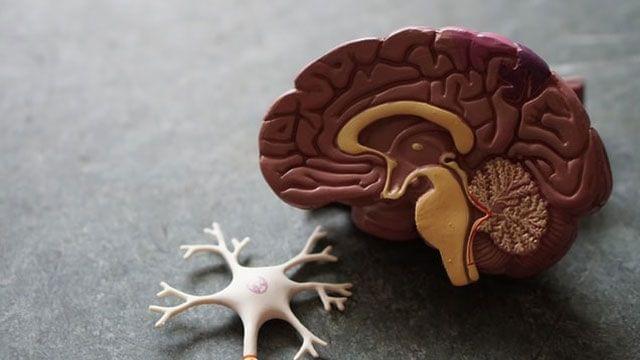

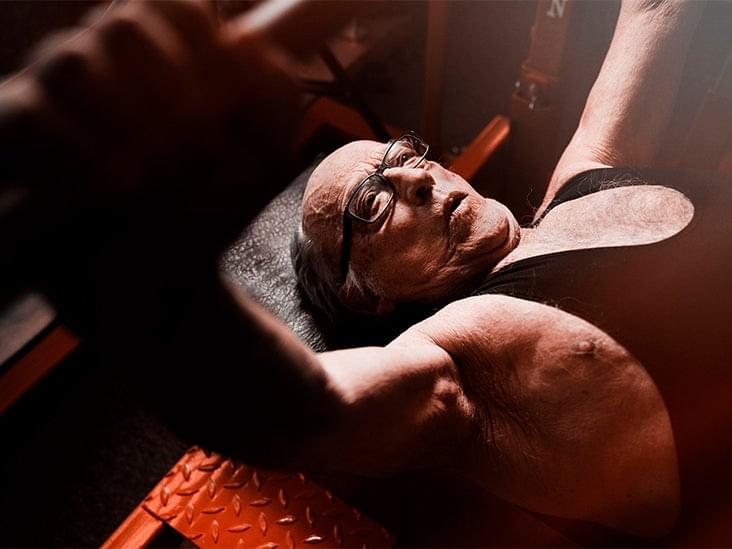
He added the study may lead doctors to try finding medications to mimic the effect of exercise without actually requiring physical activity.
“While this research shows promising results, a lot more research would be needed to show how much of an impact it would make on people with Alzheimer’s and how much would be needed for a preventive effect,” Voci said. “But I would argue that this gives more evidence to the broad spectrum of what exercise can treat. Exercise is medicine.”
Researchers from the California-based startup REMspace successfully transferred melodies from lucid dreams to reality using electronic sensors and specialized software. The study, which recorded melodies dreamt during lucid dreams via electromyography (EMG), opens possibilities for musicians to capture and share unique compositions directly from their dreams…

In a recent study published in Nature, researchers investigated whether glutamatergic gliotransmission was mediated by specialized astrocytes in the central nervous system.
The role of astrocytes in brain circuitry function, such as swift glutamate release, has been questioned due to inconsistent data and lack of direct evidence. This mechanism, similar to neurons, controls plasticity, excitability, and coordinated activity of synaptic-type networks but also contributes to neuropsychiatric conditions.
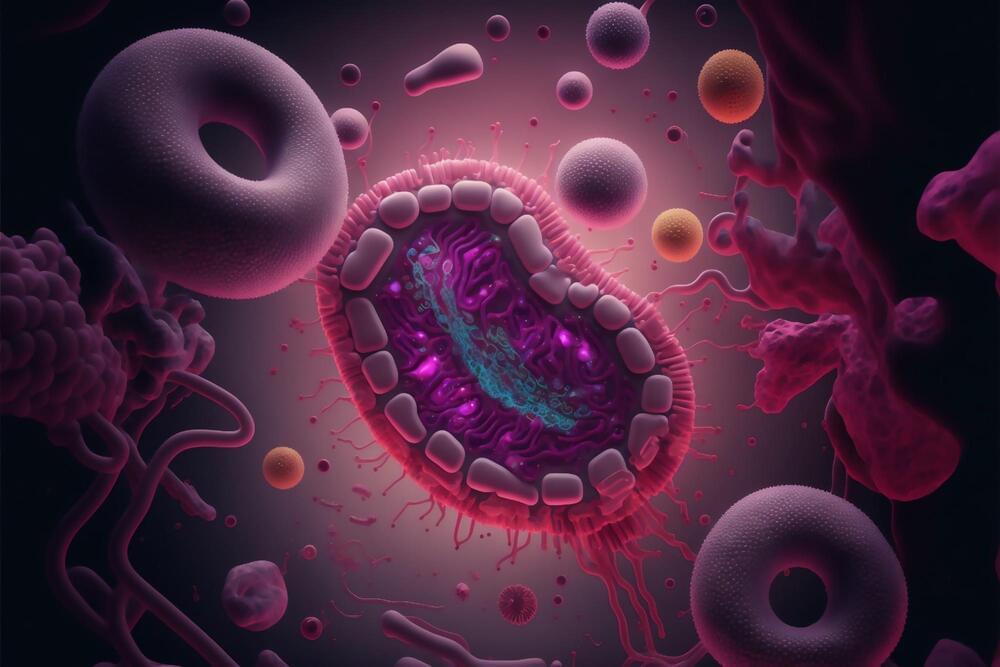
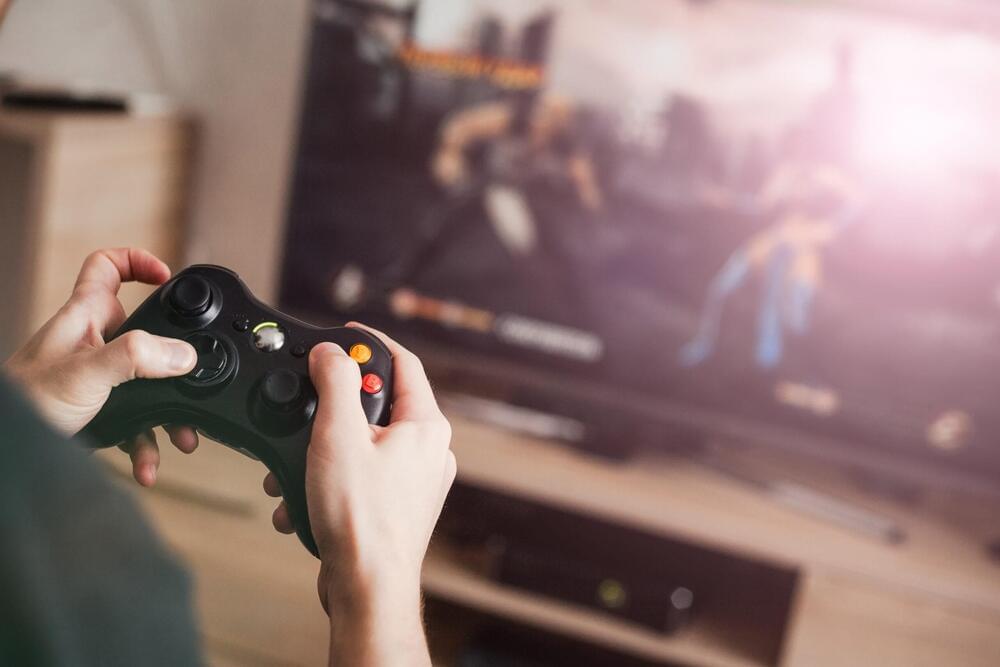
Video games could give ophthalmologists an easy window not into the soul, but into eye health and the eye-brain-body connection — the three-way reciprocal communication that influences our actions.
“Infusing science into games is like sneaking broccoli into ice cream,” said Khizer Khaderi, MD, a clinical associate professor of ophthalmology. “It removes the resistance to do something that may not be viewed as fun, such as eating vegetables.” Or in this case, evaluating your vision health.
In a Stanford Medicine-led study, researchers employed video games to evaluate participants’ field of vision and visual stamina, their ability to distinguish contrast, and other factors that can indicate common eye diseases.
What do you think? China is doing it. The West is going to have to keep up. Have you seen the Netflix series Altered Carbon? It’s like that.
A U.S. Army video shows its concept of the soldier of the future. At first glance, it looks like it will only be a better-equipped soldier.
But the video mentions “neural enhancement.” That can mean a brain implant that connects a human to computers. The defense agency DARPA has been working on an advanced implant that would essentially put the human brain “online.” There could also be eye and ear implants and other circuitry under the skin to make the optimal fighting machine.
Americans will have to decide whether this is ethical because some in our military clearly want it.
FULL REPORT: https://www1.cbn.com/cbnnews/national-security/2021/april/ne…-soldiers.
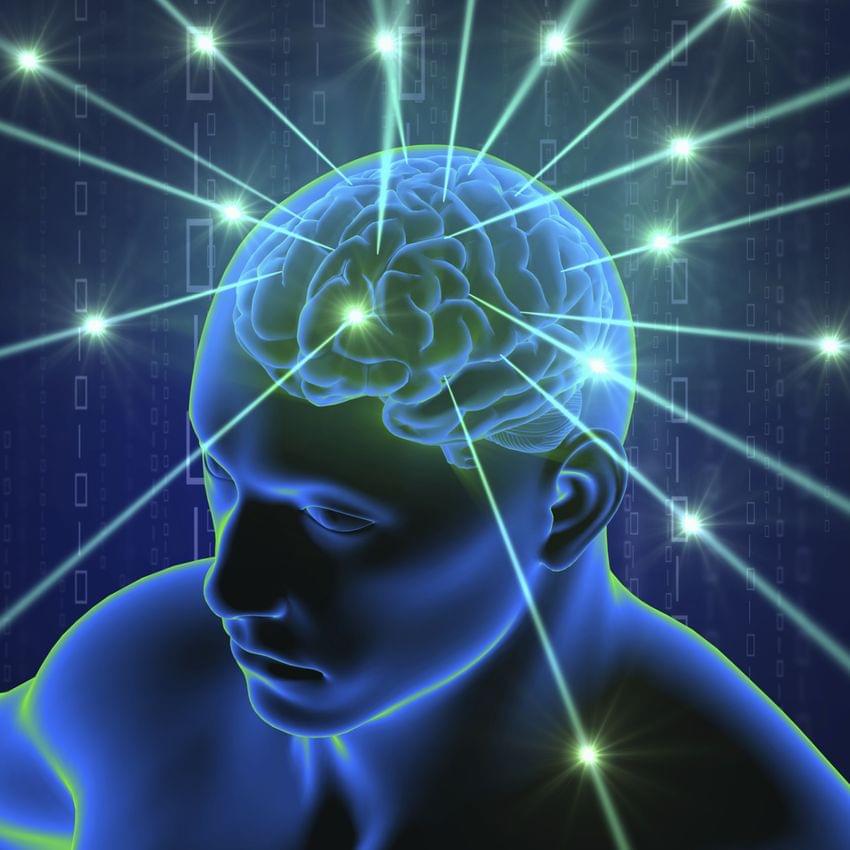
Researchers who previously developed the first 3D human cell culture models of Alzheimer’s disease (AD) that displays two major hallmarks of the condition—the generation of amyloid beta deposits followed by tau tangles—have now used their model to investigate whether the exercise-induced muscle hormone irisin affects amyloid beta pathology.
As reported in the journal Neuron, the Massachusetts General Hospital (MGH)–led team has uncovered promising results suggesting that irisin-based therapies might help combat AD.
Physical exercise has been shown to reduce amyloid beta deposits in various mouse models of AD, but the mechanisms involved have remained a mystery.

Summary: Researchers delved deep into the mysteries of synchronization in complex systems, uncovering how certain elements effortlessly fall into or out of sync. This dance of coordination can be observed from humans clapping in rhythm to the synchronicity of heart cells.
By studying “walks” through networks, the team discovered the role of convergent walks in diminishing the quality of synchronization. These findings could revolutionize our understanding of everything from power grid stability to brain functions and social media dynamics.

Summary: New research unveils a probable unique human ability to recognize and remember sequential information. Despite being our closest relatives, bonobos struggle to learn the order of stimuli in the same manner as humans.
This discovery contributes to understanding the cognitive distinctions between humans and other animals, explaining why only humans possess certain cultural abilities like language and advanced planning. This sequential memory might be the foundational block behind many uniquely human behaviors and capabilities.